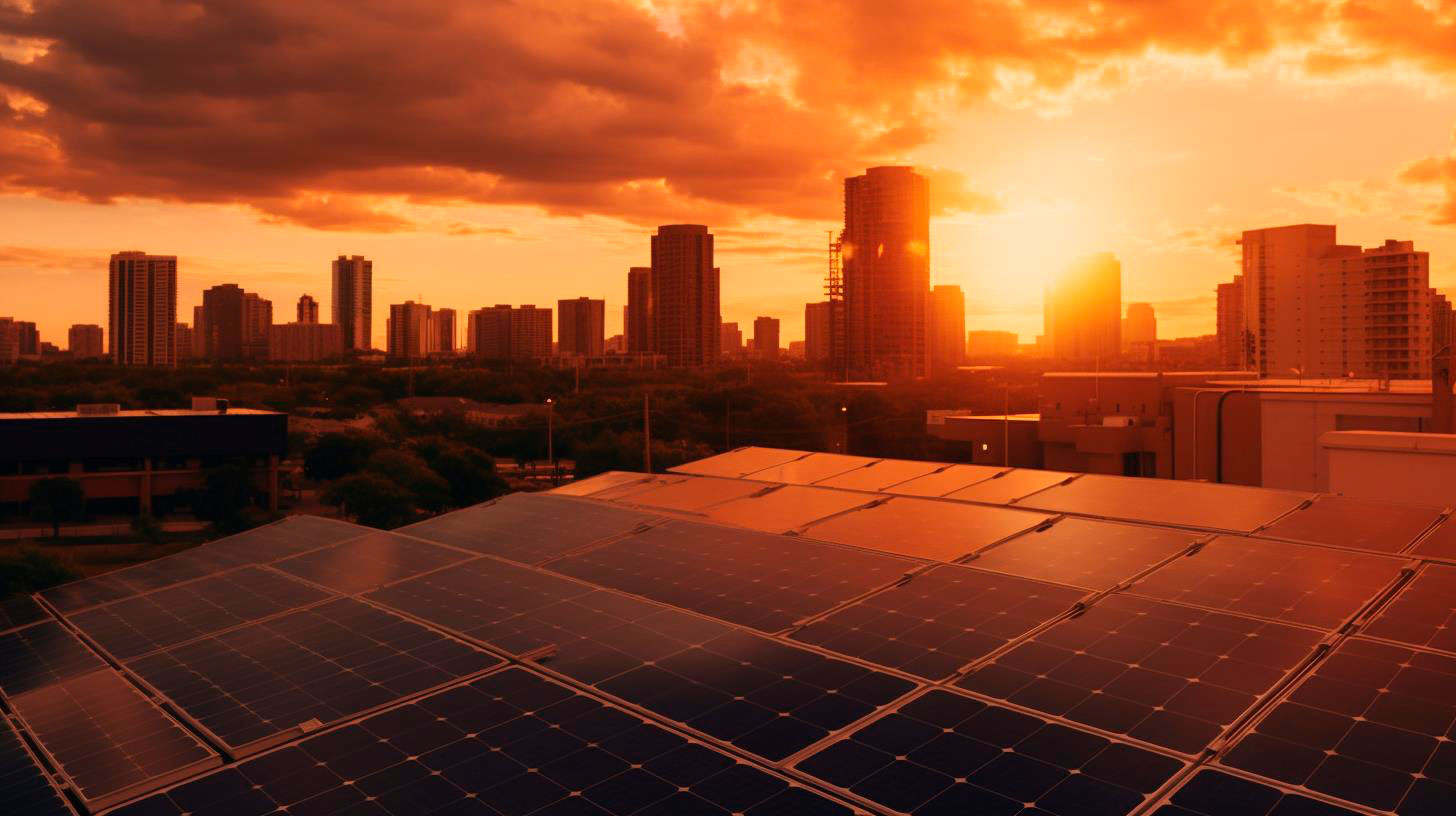Solar Revolution: Powering Satellites with Spaceborne Photovoltaics
The Rising Demand for Clean Energy
As the world grapples with environmental challenges caused by traditional energy sources, there is an increasing demand for clean and renewable energy alternatives. Solar power has emerged as a frontrunner in the race for sustainable energy solutions, with an installed capacity of over 600 gigawatts globally in 2020, according to the International Renewable Energy Agency (IREA). With its abundant availability and infinite potential, spaceborne photovoltaics (SBPV) present an exciting opportunity to harness the power of the sun.
Astrophysicists and aerospace engineers have been exploring ways to leverage SBPV systems to meet the energy needs of satellites. These systems involve deploying large arrays of solar panels in space, thereby capturing sunlight unhindered by the Earth’s atmosphere. These PV cells convert solar energy into electricity, providing a constant and reliable power source for satellites in orbit.
The Advantages of Spaceborne Photovoltaics
Unlimited Power: Spaceborne photovoltaics offer a virtually inexhaustible power source, as long as the sun continues to shine. Satellites equipped with SBPV systems can operate efficiently for extended periods without relying on finite resources.
Enhanced Efficiency: Sunlight intensity in space is significantly higher than on Earth due to the absence of atmospheric interference. This increased solar exposure allows for greater power generation and improved efficiency of SBPV systems.
Reduced Spacecraft Weight: Traditional satellites rely on heavy batteries or nuclear power systems for energy storage, resulting in substantial weight and size constraints. By harnessing SBPV, the need for such energy storage systems is diminished, reducing weight and allowing for more efficient and cost-effective satellite designs.
Environmentally Friendly: Solar power is a clean and renewable energy source that produces no harmful emissions or byproducts. By embracing SBPV technology, the aerospace industry can significantly reduce its carbon footprint and contribute to a greener future.
Enhanced Longevity: Satellites powered by SBPV systems can potentially operate for extended durations, as they are not dependent on limited energy sources or the degradation of traditional power systems. This increased operational lifespan enables more prolonged scientific exploration and improved data collection from space.
Key Takeaways
Spaceborne photovoltaics offer a sustainable and limitless energy source for satellites in space.
The increased efficiency of SBPV systems allows for improved power generation and reduced reliance on traditional energy sources.
SBPV helps in reducing the weight and size constraints of satellites, leading to more efficient and cost-effective designs.
Adopting SBPV technology promotes eco-friendly practices and contributes to a greener future.
The longevity of satellites can be enhanced by utilizing spaceborne photovoltaics, leading to prolonged scientific exploration and data collection.
In conclusion, the advent of spaceborne photovoltaics represents a significant leap towards sustainable energy generation and space exploration. With its numerous benefits and immense potential, SBPV systems have the power to revolutionize the way we power satellites and pave the way for a cleaner and greener future in space.
For more information on the latest advancements in space technology, visit NASA’s official website.
